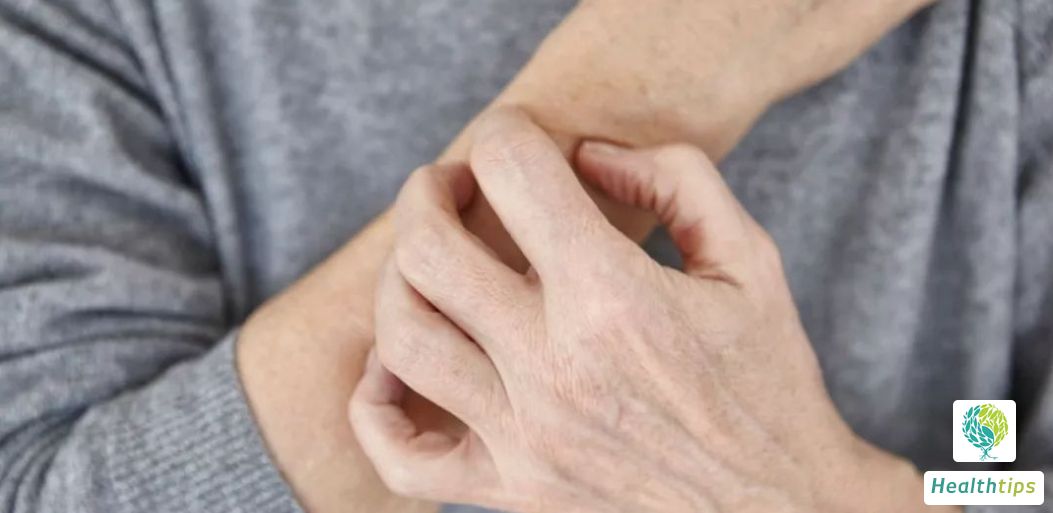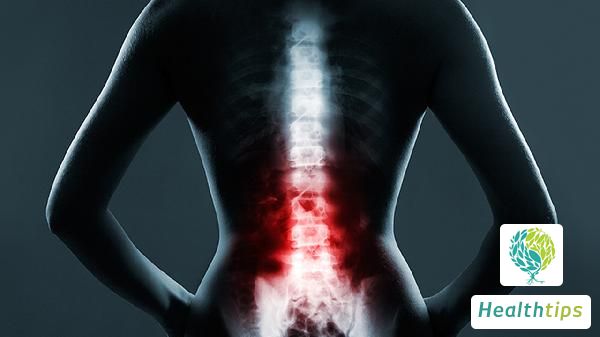"What Causes Bilateral Sacroiliac Joint Osteoarthritis and Bone Spurs?"
Bilateral Sacroiliac Joint Osteoproliferation
Bilateral sacroiliac joint osteoproliferation may be related to age, strain, or a history of trauma, among other factors. It can lead to symptoms such as pain and requires targeted general treatment, medication, and surgery upon diagnosis. Details are as follows:

Causes and Symptoms of Bilateral Sacroiliac Joint Osteoproliferation
1. Age Factor: With advancing age, bone metabolism and endocrine functions undergo senile changes, leading to degenerative changes in hip bone structure and gradual bone proliferation.
2. Strain Factor: Excessive body weight and prolonged heavy physical labor can increase the burden on the hip joint, accelerating its degeneration and potentially causing proliferation.
3. History of Trauma: Injuries to the lower limbs, such as external impacts or traffic accidents, can disrupt the internal stress balance of the hip joint, leading to gradual degeneration and osteoproliferation. Bilateral sacroiliac joint osteoproliferation typically manifests as soreness, pain, and limited mobility in the hip joint, which can severely impact daily walking.
Treatment of Bilateral Sacroiliac Joint Osteoproliferation
1. General Treatment: Reduce body weight, lighten the load on the hip joint, avoid heavy physical labor, long periods of movement or standing, and engage in appropriate lower limb functional exercises to prevent aggravation.
2. Medication: When symptoms caused by osteoproliferation are pronounced, medications such as Ibuprofen Sustained-Release Capsules, Celecoxib Capsules, and Gusui Ning Capsules can be prescribed by a doctor.
3. Surgical Treatment: For severe osteoproliferation that significantly impacts quality of life, and where the above treatments are ineffective, surgical removal of the proliferated bone may be considered.
In addition to the above factors, bilateral sacroiliac joint osteoproliferation may also be related to osteoporosis and osteoarthritis. Patients are advised to seek timely medical attention and treatment. During treatment, it is important to alleviate psychological burdens, rest appropriately, and attend regular follow-up appointments.



















